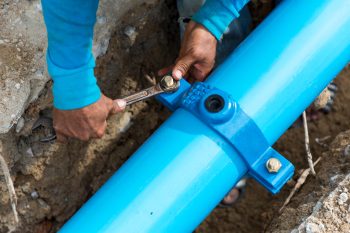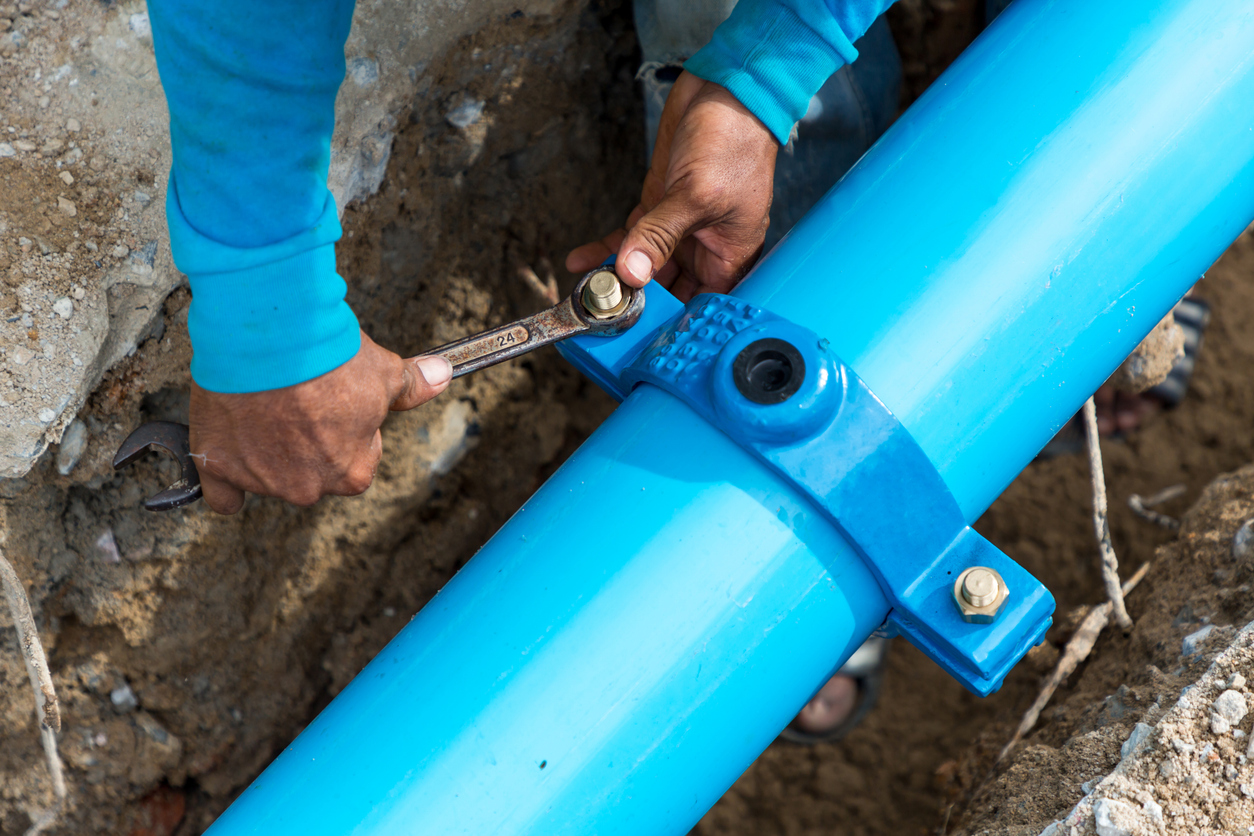To fix broken drain pipes, first identify the problem by looking for slow drainage, bad odours, and water pooling. For minor cracks, clean the area and apply pipe repair paste or epoxy. For damaged sections, shut off water supply, cut out the broken part, and install a replacement using appropriate couplings. However, major issues like main sewer lines, underground pipes, or root intrusion require professional plumbers. Regular maintenance prevents costly damage.
Identifying Broken Drain Pipes
The first step in learning how to fix broken drain pipes is recognising the warning signs early. Australian homes, particularly older properties, are susceptible to various drain pipe issues due to our diverse climate conditions and soil types.
Common Signs of Broken Drain Pipes:
- Persistent bad odours emanating from drains or around your property
- Slow-draining water in sinks, showers, or floor drains
- Gurgling sounds coming from pipes
- Water pooling in unexpected areas of your yard
- Sudden increases in your water bill without explanation
- Damp patches on walls or floors near plumbing fixtures
- Lush patches of grass that seem unusually green compared to surrounding areas
Visual Inspection Techniques: Start by examining exposed pipes in your basement, garage, or under-house areas. Look for visible cracks, corrosion, or water stains around pipe joints. For underground pipes, watch for sinkholes, soft spots in your lawn, or areas where vegetation grows more vigorously than normal.
If you notice sewage backup or multiple drains failing simultaneously, this often indicates a more serious issue with your main drain line that requires immediate attention.
Types of Drain Pipe Damage
Understanding the different types of damage helps determine the appropriate repair method when learning how to fix broken drain pipes.
Cracks and Splits: These typically occur due to ground movement, temperature fluctuations, or age-related deterioration. Small hairline cracks can often be sealed, whilst larger splits usually require pipe replacement.
Blockages and Clogs: Caused by accumulated debris, grease, hair, or foreign objects. In Australia, tree roots are a particularly common cause of blockages, especially during dry periods when roots seek moisture.
Root Intrusion: Native Australian trees and shrubs have aggressive root systems that can penetrate even small cracks in pipes. Once inside, roots expand and can cause significant pipe damage.
Corrosion and Deterioration: Older galvanised steel and cast iron pipes are prone to rust and corrosion, particularly in areas with acidic soil or high mineral content in the water.
Joint Separation: Pipe connections can loosen over time due to ground shifting, thermal expansion, or poor initial installation.
Step-by-Step Repair Methods
The approach to how to fix broken drain pipes depends on the extent and type of damage identified.
For Minor Cracks:
- Turn off water supply to the affected area
- Clean the damaged area thoroughly, removing any debris or corrosion
- Apply pipe repair paste or epoxy specifically designed for your pipe material
- Allow adequate curing time as per manufacturer’s instructions
- Test the repair with a small amount of water before full use
For Pipe Section Replacement:
- Locate and mark the damaged section accurately
- Shut off water supply and ensure proper drainage
- Cut out the damaged section using appropriate tools (hacksaw for PVC, pipe cutter for copper)
- Measure and cut replacement pipe, ensuring proper length
- Use appropriate couplings or joints to connect the new section
- Apply pipe sealant or primer as required for your pipe material
- Test connections thoroughly before backfilling or concealing
For Root-Related Blockages:
- Use a drain snake or auger to break through the blockage
- Consider hydro-jetting for more severe root intrusions
- Apply root-killing chemicals designed for drain systems
- Plan for pipe relining or replacement if damage is extensive
Safety Considerations: Always wear protective equipment including gloves, eye protection, and appropriate clothing. When working with sewage lines, ensure proper ventilation and consider the health risks involved.
Prevention and Maintenance
Preventing drain pipe problems is far more cost-effective than repairs. Regular maintenance can extend your pipes’ lifespan significantly.
Preventive Measures:
- Schedule annual drain inspections, particularly for properties over 20 years old
- Avoid planting large trees near main drain lines
- Never flush inappropriate items down toilets or pour grease down drains
- Install drain covers to prevent debris accumulation
- Consider water softening systems in areas with hard water
Regular Maintenance Tasks:
- Monthly hot water flushes help prevent grease buildup
- Quarterly root treatment for properties with nearby trees
- Annual camera inspections for main drain lines
- Keep gutters and downpipes clear to prevent overflow issues
Seasonal Considerations: In Australia’s varying climate, adjust your maintenance routine accordingly. During dry periods, tree roots become more aggressive in seeking water sources. Before the wet season, ensure all drainage systems are clear to handle increased water flow.
When to Call a Professional
While some drain pipe repairs are suitable for DIY enthusiasts, many situations require professional expertise to ensure safety and compliance with Australian building codes.
Call a Professional For:
- Main sewer line repairs or replacements
- Underground pipe work requiring excavation
- Repairs involving electrical systems or pumps
- Situations requiring permits or council approvals
- Gas line proximity concerns
- Structural damage risks
Complex Repairs: Major pipe relocations, connections to council systems, or work affecting neighbouring properties always require licensed plumbers. In Australia, attempting unlicensed plumbing work can result in significant fines and insurance complications.
Emergency Situations: Sewage backups, burst pipes flooding your property, or gas odours require immediate professional attention. Don’t attempt DIY repairs in these circumstances.
Insurance Considerations: Many insurance policies require professional repairs for coverage validity. Check your policy terms before undertaking significant repair work.
For complex repairs or when in doubt, consulting with experienced professionals ensures your drainage system functions effectively for years to come. Remember, proper repairs not only solve immediate problems but also protect your property’s long-term value and your family’s health and safety.




